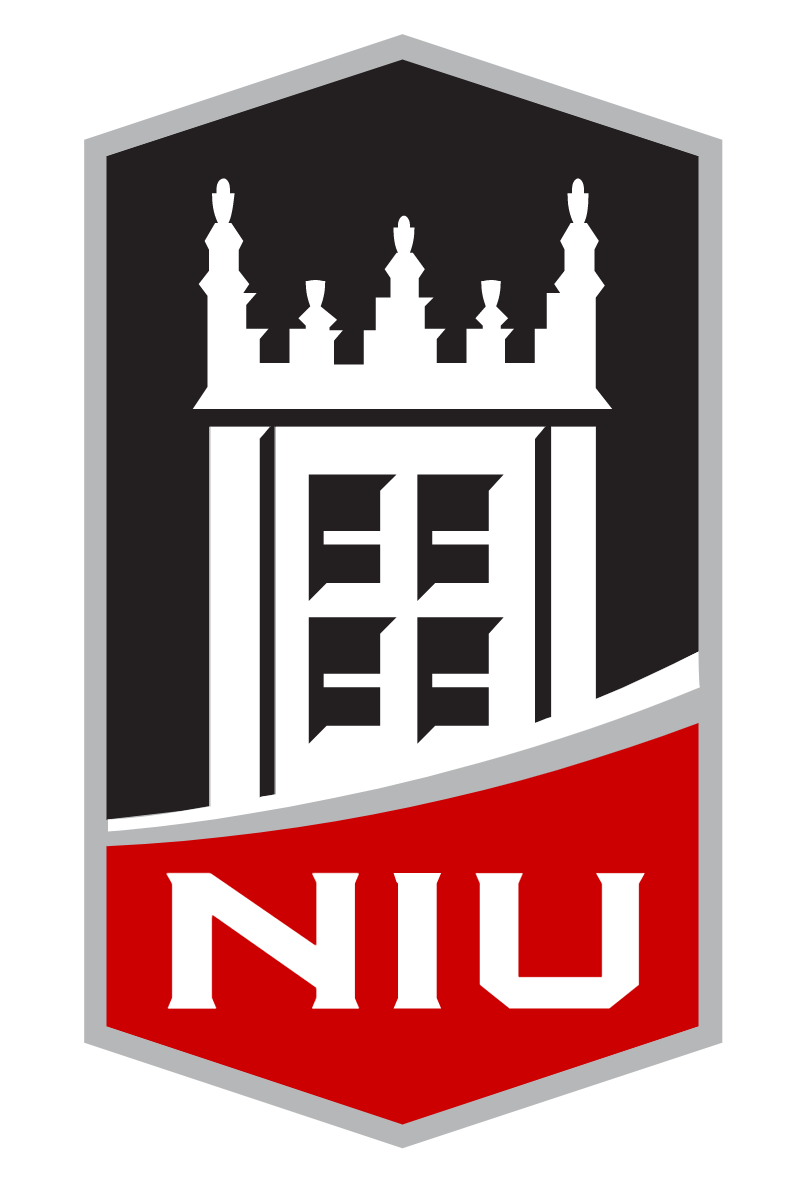Abstract
Background: Culture and histopathological examination are gold standards for diagnosing onychomycosis. However, these examinations are subject to several limitations. Dermoscopy has the potential to become a promising diagnostic tool for onychomycosis. Direct examination of potassium hydroxide (KOH) also has advantages similar to dermoscopy. Knowing the accuracy of both examinations can help clinical decision-making. Our objectives are to assess the diagnostic value of dermoscopy, KOH examination, and their combination for distal lateral subungual onychomycosis compared to culture or histopathology.
Methods: This was a cross-sectional diagnostic study of nails with suspected distal lateral subungual onychomycosis. Sixty nails were included in this study.
Results: The sensitivity and specificity of the KOH examination were 89.6% and 66.7%, respectively. On dermoscopy, the sensitivity of jagged-edge-with-spikes, longitudinal striation, and discoloration were 89.6%, 93.8%, and 97.9%, respectively. Only the aurora borealis dermoscopic feature provided good specificity (91.7%). The positive predictive values of these four dermoscopic features were 75.0%–79.7%. Combination with KOH examination increased the positive predictive value of dermoscopy (90.9%–92.7%).
Conclusion: Since they were superior in terms of sensitivity, dermoscopy and KOH examinations are good screening tools to determine which suspected onychomycosis cases need further examination. Additionally, an increased positive predictive value was observed when the two examinations were combined. Hence, these procedures can help establish a diagnosis in settings where mycologic examinations are unavailable.
References
- Ameen M, Lear JT, Madan V, Mustapa MFM, Richardson M. British association of dermatologists’ guidelines for the management of onychomycosis 2014. Br J Dermatol. 2014;171(5):937–58.
- Leung AKC, Lam JM, Leong KF, et al. Onychomycosis: An updated review. Recent Pat Inflamm Allergy Drug Discov. 2020;14(1):32–45.
- Jeelani S, Ahmed QM, Lanker AM, Hassan I, Jeelani N, Fazili T. Histopathological examination of nail clippings using PAS staining (HPE-PAS): Gold standard in diagnosis of Onychomycosis. Mycoses. 2015;58(1):27–32.
- Velasquez-Agudelo V, Cardona-Arias JA. Meta-analysis of the utility of culture, biopsy, and direct KOH examination for the diagnosis of onychomycosis. BMC Infect Dis. 2017;17(1):1–11.
- Lubis NZ, Muis K, Nasution LH. Polymerase chain reaction-restriction fragment length polymorphism as a confirmatory test for onychomycosis. Open Access Maced J Med Sci. 2018;6(2):280–3.
- Bongomin F, Batac CR, Richardson MD, Denning DW. A Review of onychomycosis due to Aspergillus species. Mycopathologia. 2018;183(3):485–93.
- Gupta AK, Stec N, Summerbell RC, et al. Onychomycosis: A review. J Eur Acad Dermatology Venereol. 2020;34(9):1972–90.
- Piraccini BM, Balestri R, Starace M, Rech G. Nail digital dermoscopy (onychoscopy) in the diagnosis of onychomycosis. J Eur Acad Dermatol Venereol. 2013;27(4):509–13.
- Kaynak E, Göktay F, Güneş P, et al. The role of dermoscopy in the diagnosis of distal lateral subungual onychomycosis. Arch Dermatol Res. 2018;310(1):57–69.
- Nada EEA, El-Taieb MA, El-Feky MA, Ibrahim HM, Hegazy EM, et al. Diagnosis of onychomycosis clinically by nail dermoscopy versus microbiological diagnosis. Arch Dermatol Res. 2020;312(3):207–12.
- Widaty S, Miranda E, Bramono K, et al. Prognostic factors influencing the treatment outcome of onychomycosis candida. Mycoses. 2020;63(1):71–7.
- Piraccini BM. Nail anatomy and physiology for the clinician. In: Piraccini BM. Nail disorders: A practical guide to diagnose and management. Italia: Springer; 2014. p.1–6.
- El-Hoshy KH, Hay RMA, El-Sherif RH, Eldin MS, Moussa MF. Nail dermoscopy is a helpful tool in the diagnosis of onychomycosis: A case control study. Eur J Dermatol. 2015;25(5):494–5.
- Jesús-Silva MA, Fernández-Martínez R, Roldán-Marín R, Arenas R. Dermoscopic patterns in patients with a clinical diagnosis of onychomycosis-results of a prospective study including data of potassium hydroxide (KOH) and culture examination. Dermatol Pract Concept. 2015;5(2):39–44.
- Chetana K, Menon R, David BG. Onychoscopic evaluation of onychomycosis in a tertiary care teaching hospital: A cross-sectional study from South India. Int J Dermatol. 2018;57(7):837–42.
- Bodman MA. Point-of-care diagnosis of onychomycosis by dermoscopy. J Am Podiatr Med Assoc. 2017;107(5):413–8.
- English MP. Nails and fungi. Br J Dermatol. 1976;94(6):697–701.
- Gupta AK, Drummond-Main C, Cooper EA, Brintnell W, Piraccini BM, Tosti A. Systematic review of nondermatophyte mold onychomycosis: Diagnosis, clinical types, epidemiology, and treatment. J Am Acad Dermatol. 2012;66(3):494–502.
- Sigurgeirsson B, Baran R. The prevalence of onychomycosis in the global population – A literature study. J Eur Acad Dermatology Venereol. 2014;28(11):1480–91.
- Havlickova B, Czaika VA, Fredrich M. Epidemiological trends in skin mycosis worldwide. Mycosis. 2008;51(Suppl 4):2–15.
- Kayarkatte MN, Singal A, Pandhi D, Das S. Clinico-mycological study of onychomycosis in a tertiary care hospital-a cross-sectional study. Mycoses. 2020;63(1):113–8.
- Abdallah NA, Said M, Mahmoud MT, Omar MA. Onychomycosis: Correlation between the dermoscopic patterns and fungal culture. J Cosmet Dermatol. 2020;19(5):1196–1204.
- Bet DL, dos Reis AL, Di Chiacchio N, Belda Junior W. Dermoscopy and onychomycosis: Guided nail abrasion for mycological samples. An Bras Dermatol. 2015;90(6):904–6.
- Bhat YJ, Keen A, Hassan I, Latif I, Bashir S. Can dermoscopy serve as a diagnostic tool in dermatophytosis? a pilot study. Indian Dermatol Online J. 2019;10(5):530–5.
- Maatouk I, Haber R, Benmehidi N. Onychoscopic evaluation of distal and lateral subungual onychomycosis: A cross-sectional study in Lebanon. Curr Med Mycol. 2019;5(2):41–4.
- Gupta AK, Wang T, Cooper EA, et al. Clinical diagnosis and laboratory testing of abnormal appearing toenails: A retrospective assessment of confirmatory testing for onychomycosis in the United States, 2022-2023. J Fungi (Basel). 2024;10(2):1–13.
Recommended Citation
Gaol, Evangelina Lumban; Miranda, Eliza; and Sirait, Sondang Pandjaitan
(2024)
"Dermoscopy and 30% potassium hydroxide direct examination as diagnostic tools for distal lateral subungual onychomycosis,"
Journal of General - Procedural Dermatology and Venereology Indonesia: Vol. 8:
Iss.
2, Article 4.
DOI: 10.7454/jdvi.v8i2.1191
Available at:
https://scholarhub.ui.ac.id/jdvi/vol8/iss2/4






























